A movie that explains the research history of eels such as eels are naturally occurring from mud and creatures that grow from insect bodies

As of 2020, when science has advanced, many unexplained mysteries remain in the
No one can figure out how eels have sex-Lucy Cooke-YouTube
From ancient Greece to the 20th century, great scholars, including Aristotle and Sigmund Freud , sought something.

What scholars were looking for with a bloody eye is the 'eel testicles.'
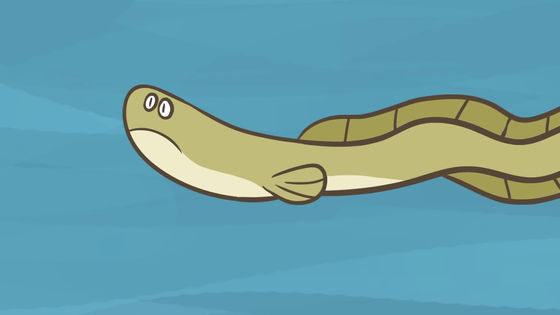
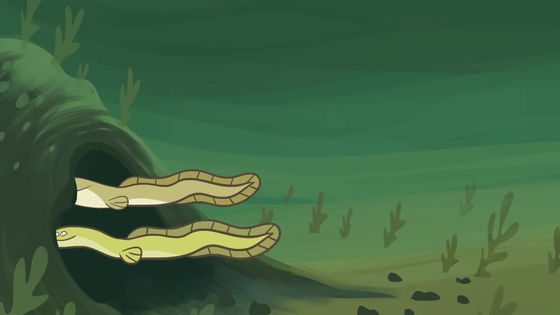
Also, no matter how much the scholars dissected the eel, they could not identify the egg or reproductive organs.

Too many mysteries have led natural scientists to make a wide variety of inferences since ancient times. For example, Aristotle argues that 'eels are born naturally in the mud.'
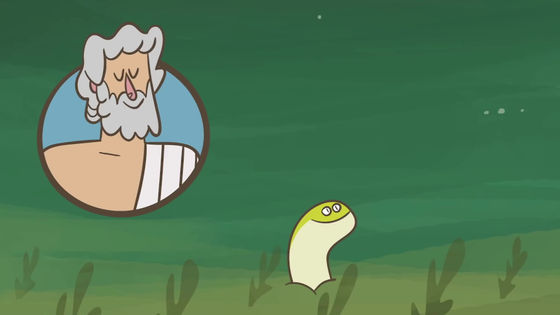
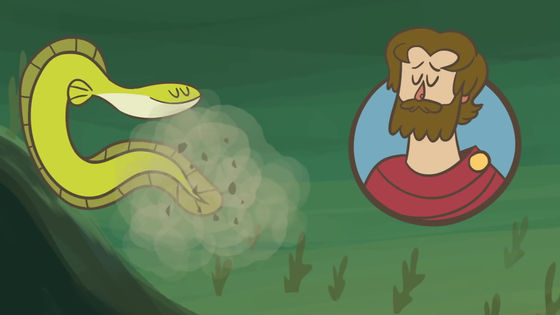
There are also theories such as 'Egging on the roof'.
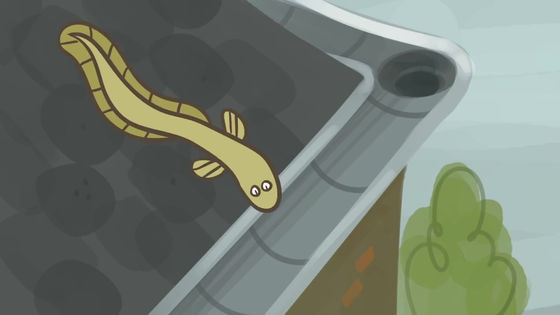
'It originates from another species of gills'

The theory that 'it grows from the body of a beetle' has been seriously discussed.
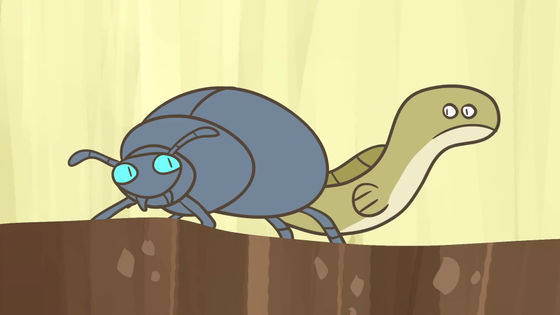
In recent years, the eel life cycle has been found to have five stages. The first stage is the larval '
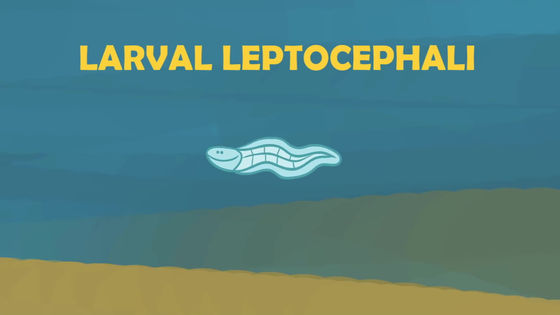
Next is 'glass
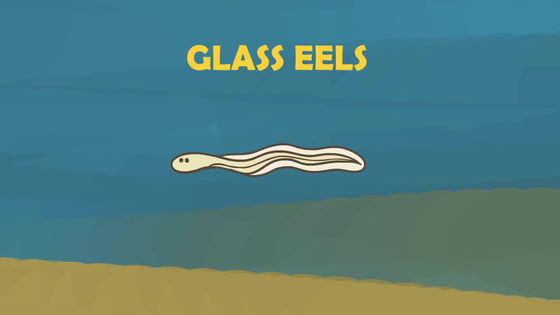
'
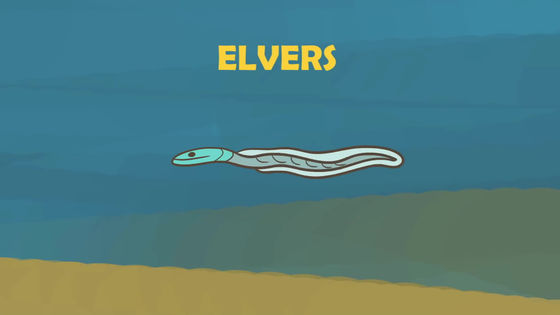
'Yellow eel' which is an unfinished fish.
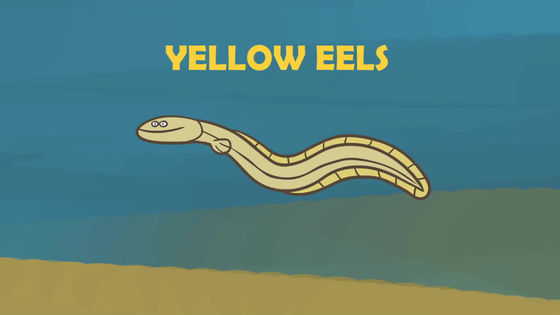
When matured through these stages, it becomes known as the 'silver eel.'
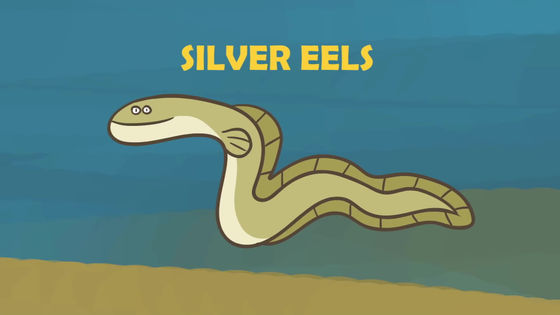
Eel changes like a different species of fish at each stage of growth.
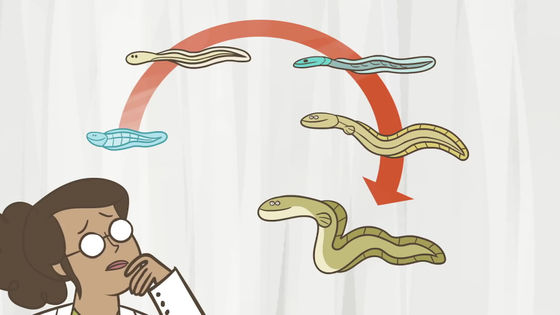
In fact, scientists have long known of the existence of Leptokefals and glass eels, but they did not consider them to be the same species as crocodile and yellow eel found in remote places.
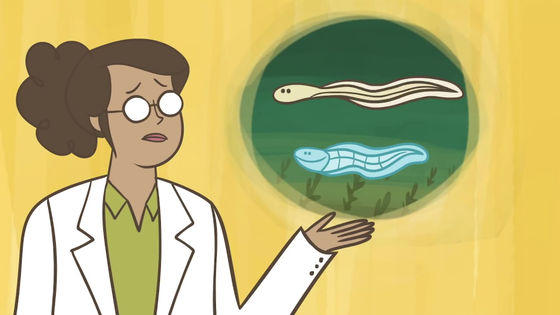
What has spurred the confusion of scientists is that eels do not develop their reproductive organs until later in life.
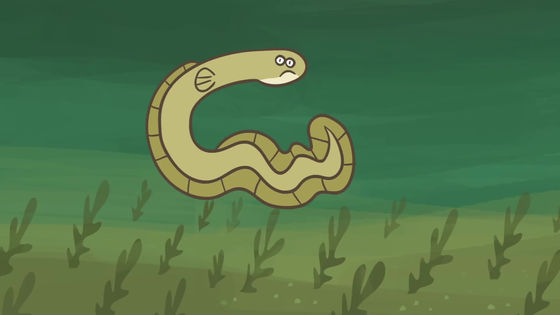
In other words, scientists could not see the eels mating and could not find the genitals because 'the eels living in the river were in the process of becoming adults'.
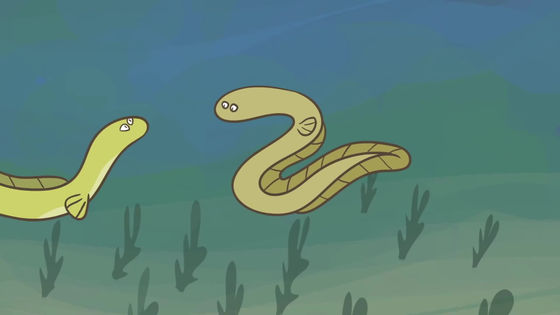
The European eel, which is basically considered a freshwater fish, begins its life in salt-rich waters like the

When the yearly cyclone season arrives, Leptokephalus with a body length of about 3 mm start moving all at once.

Eel fry travel 6500 km in 300 days from the
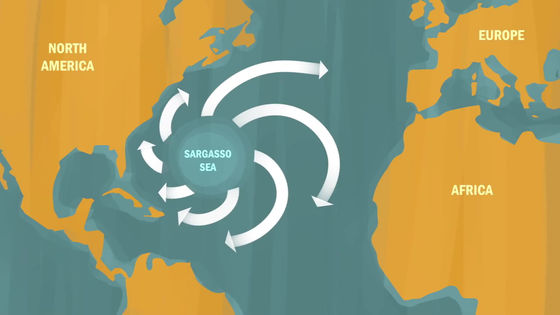
40 million years ago when eels were said to have established this ecology, North America and Europe were closer together. As the Atlantic Ocean expanded over the years, so did the eel's journey.

By the end of the longest known migratory fish, the Leptokephalus, which had a length of 3 mm, will grow to a size of 48 mm. This is a glass eel.

It doesn't just change the look. When many saltwater fish reach the
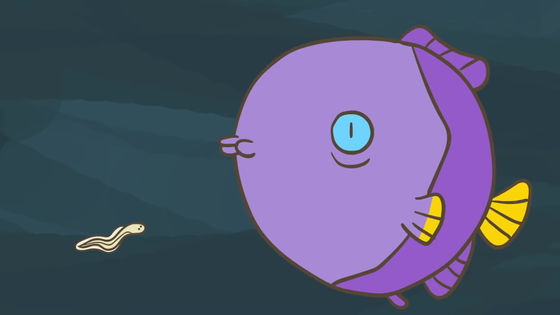
The glass eel kidney changes to retain more salt and maintain a constant salt concentration in the blood.
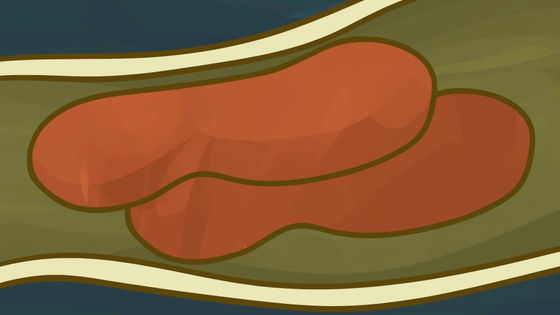
The glass eels adapted to fresh water in this way form a herd and flood into the river. It is believed that the large numbers of glass eels go up the river at once in order to eliminate obstacles and prevent predators from eating up.
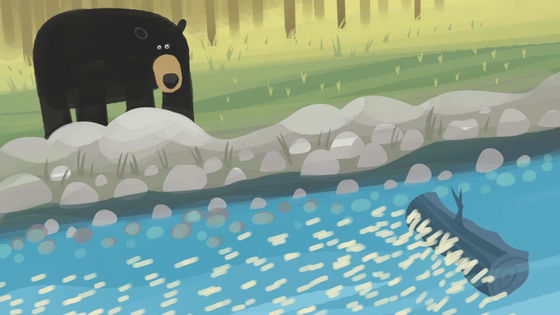
The glass eel that reaches the upper stream becomes an omnivorous crocodile, and it grows by eating anything that can be eaten, such as underwater plants and small animals.
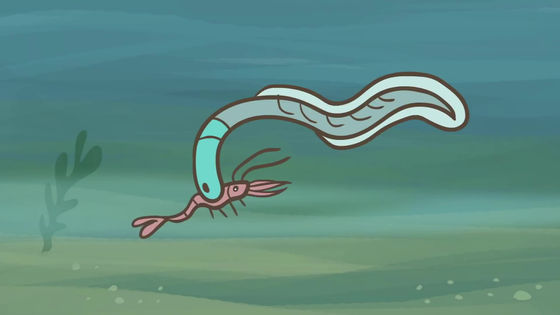
In this way, it takes about 10 years to become a yellow eel with a length of 80 cm.
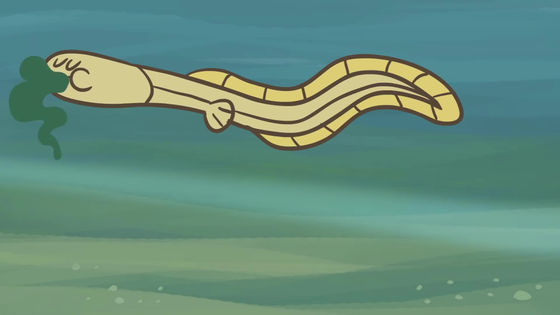
After that, it is speculated that they will become silver eels, develop their reproductive organs, and return to the sea to breed, but the end of their life history is a mystery.

Scientists who found in 1896 that 'Leptoceferi are eel larvae' infer that eels were born in the Atlantic Ocean and spread throughout Europe. However, large-scale oceanographic surveys were essential to confirm this.

The Danish marine biologist

Schmidt spent 18 years exploring the coasts of four continents and looking for the distribution of Leptoceferi.
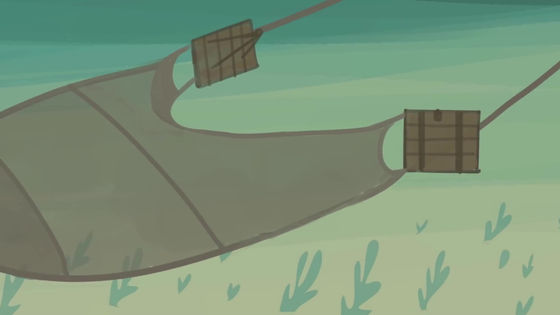
And in 1921, he succeeded in finding the smallest Leptocepheri. That was the southern tip of the Sargasso Sea.

Much research and research has been conducted since the discovery of Schmidt, but no wild eels have been observed mating.

The most powerful hypothesis is that 'fertilization occurs when eel sperm come into contact with eel eggs released into the sea.'
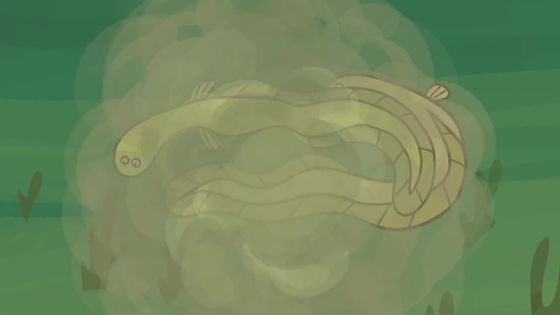
However, the speed of the Sargasso Sea currents and the abundance of seaweed make it difficult to investigate the hypothesis.

It's also unclear where to look for mature eels, as there haven't been any successful trials so far.
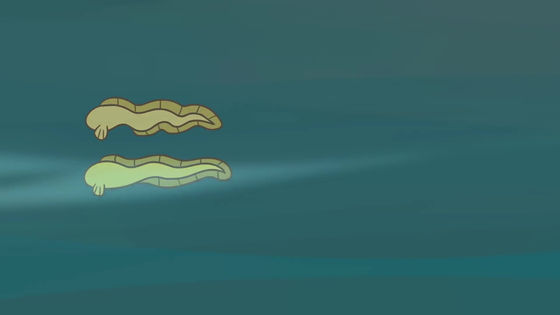
'Until these challenges are resolved, the secret of ancient eels will continue to slip through our fingers when they're slimy,' the movie concludes.
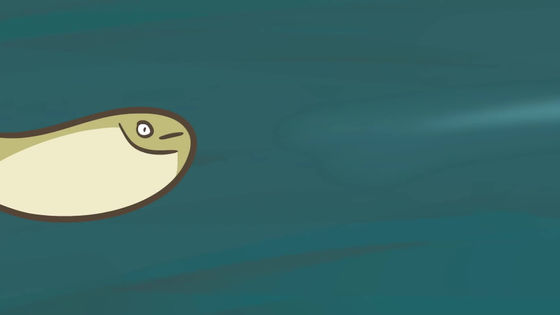
Related Posts:







